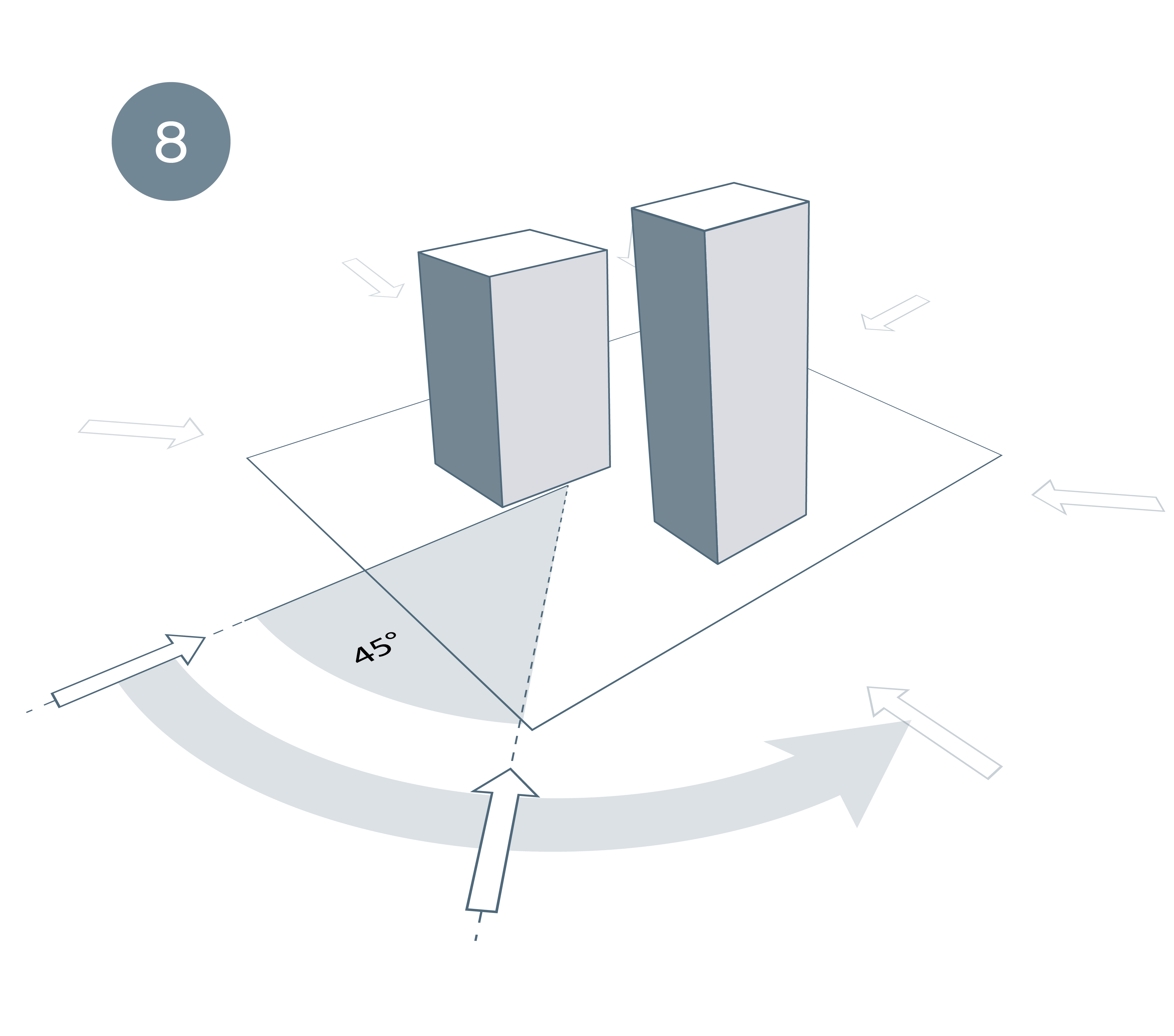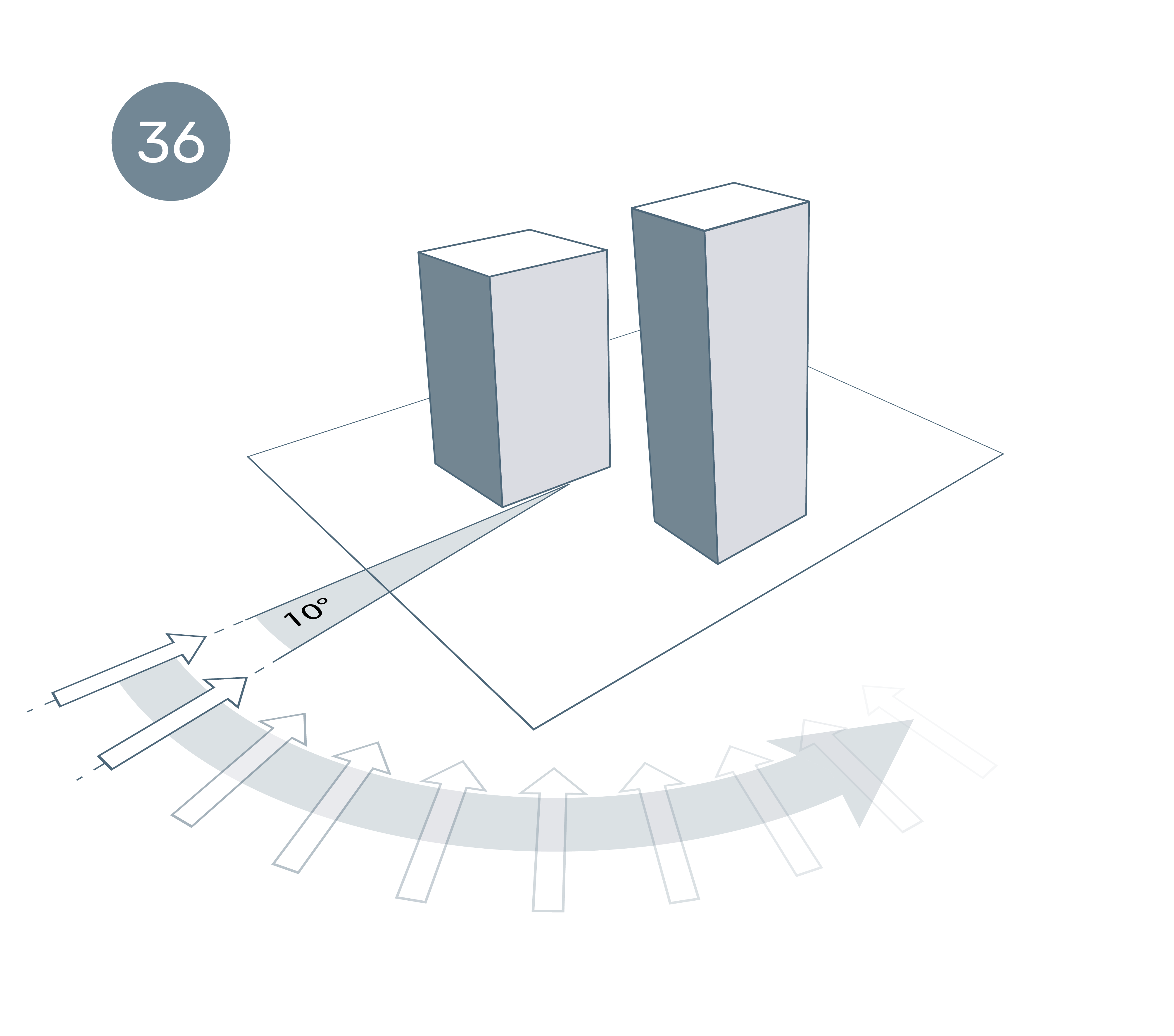


Welcome to a new way to estimate pedestrian comfort!
Ingrid Cloud uses real-life data to perform automated simulations in 4, 8, 16 or 36 wind directions.
Analysing the report with the 3D viewer allows me to understand how my design choices are affecting the wind.
4 wind directions
A 4 wind direction simulation is ideal for testing and optimising early-stage design. It can also enrich a competitive proposal with an affordable and fast wind analysis.

8 wind directions
An 8 wind direction simulation can accurately predict pedestrian comfort scenarios for urban areas. It’s ideal to test and compare in early-stage to mid-stage design schemes.

16 wind directions
Highly-accurate 16 wind direction simulations are suitable for validating prediction on pedestrian comfort and recommended to be analysed by a qualified professional.

36 wind directions
36 wind direction simulations are recommended by the City of London Guidelines for Wind Microclimate, therefore suitable for validating prediction on pedestrian comfort.
